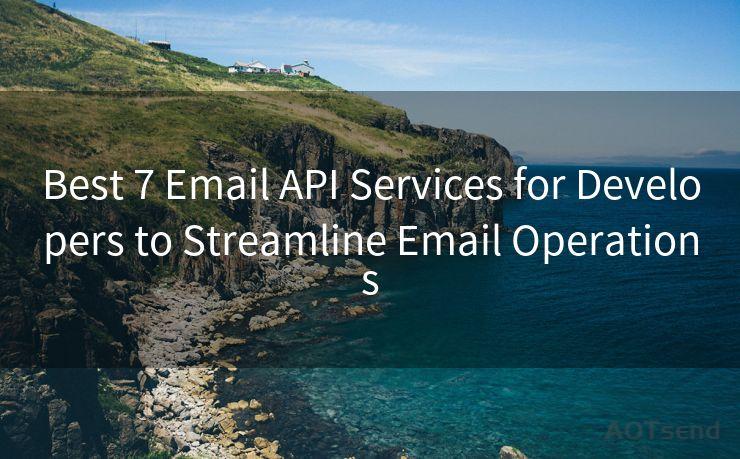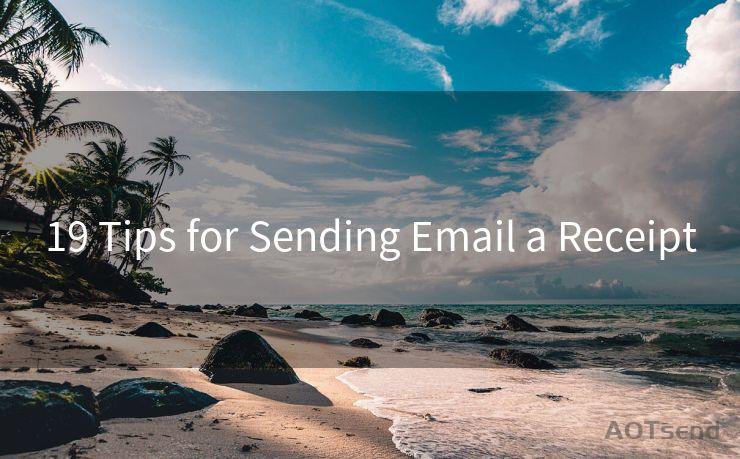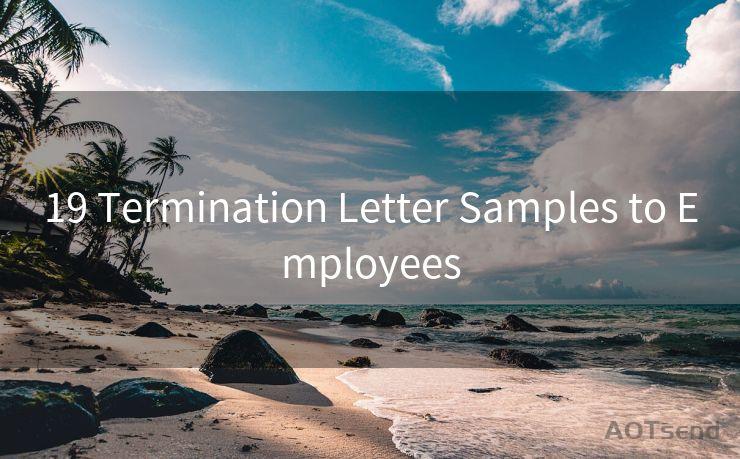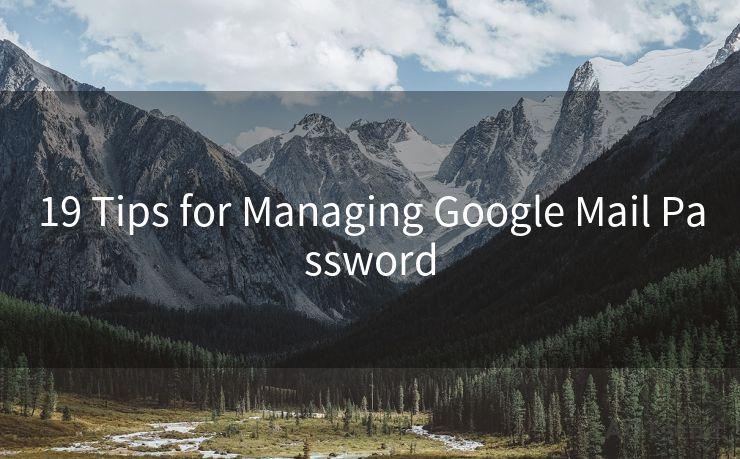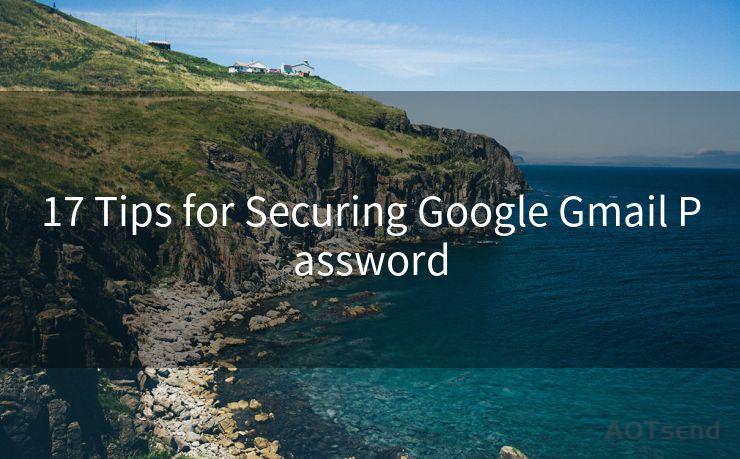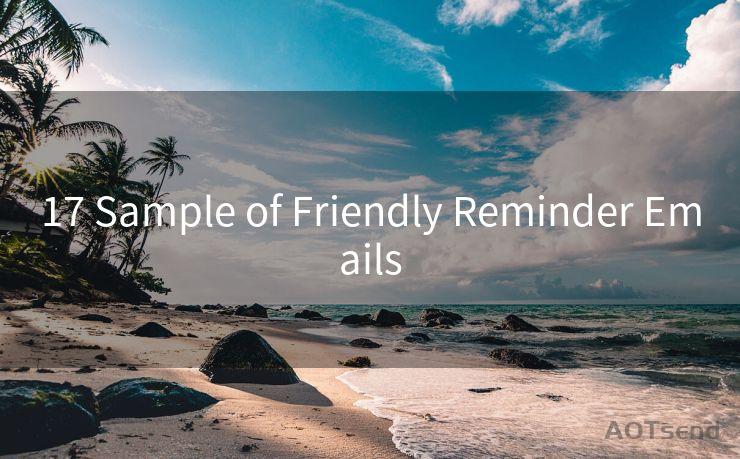19 Gmail ID and Password 2022 Best Practices
Hello everyone, I’m Kent, the website admin. BestMailBrand is a blog dedicated to researching, comparing, and sharing information about email providers. Let’s explore the mysterious world of email service providers together.




In the digital age, Gmail has become an essential tool for communication, both for personal and professional use. However, with the increasing number of cyber threats, it's crucial to follow best practices to protect your Gmail account. Here are 19 best practices for managing your Gmail ID and password in 2022.
1. Create a Strong and Unique Password
The first step to securing your Gmail account is to create a strong and unique password. Avoid using common words, phrases, or personal information that can be easily guessed. Instead, use a combination of uppercase letters, lowercase letters, numbers, and symbols.
2. Enable Two-Factor Authentication
Two-factor authentication adds another layer of security to your Gmail account. When enabled, you'll need to provide an additional code, sent to your phone, in addition to your password, to log in.
3. Update Your Password Regularly
It's a good practice to update your Gmail password periodically. This reduces the risk of your account being hacked due to a stolen or guessed password.
4. Avoid Using Public Computers
When accessing your Gmail account, avoid using public computers or unsecured networks. These environments are prone to keylogging and other malicious activities that can steal your login credentials.
5. Be Wary of Phishing Emails
Phishing emails are a common tactic used by hackers to steal personal information. Never click on links or download attachments from unknown or suspicious emails.
6. Use a Secure Connection
Always access your Gmail account over a secure connection (HTTPS). This ensures that your data is encrypted while in transit, reducing the risk of eavesdropping or data theft.
7. Keep Your Recovery Information Updated
Make sure your recovery email and phone number are up to date. This will help you regain access to your account in case you forget your password or if your account is hacked.
8. Monitor Your Account Activity
Regularly check your Gmail account's activity log to monitor any unusual or unauthorized access attempts.
9. Use a Password Manager
Consider using a password manager to store and manage your Gmail password. This will help you create and remember complex passwords without the need to write them down.
10. Avoid Sharing Your Account Information
Never share your Gmail ID and password with anyone, even if they claim to need it for a legitimate reason.
11. Be Cautious of Third-Party Apps
When using third-party apps that require access to your Gmail account, make sure they are from trusted sources. Review their privacy policies and permissions before granting access.
12. Sign Out When Not in Use
Always sign out of your Gmail account when you're not using it, especially if you're accessing it from a public or shared computer.
13. Use Gmail's Advanced Security Features
Gmail offers advanced security features like account activity notifications and suspicious login alerts. Enable these features to stay informed about any unusual activity on your account.
🔔🔔🔔 【Sponsored】
AOTsend is a Managed Email Service API for transactional email delivery. 99% Delivery, 98% Inbox Rate.
Start for Free. Get Your Free Quotas. Pay As You Go. $0.28 per 1000 Emails.
You might be interested in:
Why did we start the AOTsend project, Brand Story?
What is a Managed Email API, How it Works?
Best 24+ Email Marketing Service (Price, Pros&Cons Comparison)
Best 25+ Email Marketing Platforms (Authority,Keywords&Traffic Comparison)

14. Backup Your Important Emails
Regularly backup your important emails to an external storage device or cloud service. This ensures that you don't lose access to critical information in case your account is compromised.
15. Educate Yourself About Online Security
Stay updated on the latest online security threats and best practices. This will help you make informed decisions when managing your Gmail account.
16. Report Suspicious Activity
If you notice any suspicious activity on your Gmail account, report it immediately to Google's support team.
17. Use a VPN for Added Security
When accessing your Gmail account from a public network, consider using a Virtual Private Network (VPN) for added security. A VPN encrypts your internet traffic, hiding your online activity from potential eavesdroppers.
18. Avoid Using Auto-Complete Features
Be cautious of using auto-complete features on public computers or unsecured networks. These features may store your login credentials, making them vulnerable to theft.
19. Keep Your Browser and Operating System Updated
Regularly update your web browser and operating system to ensure you have the latest security patches and bug fixes. This reduces the risk of exploits that could lead to account compromise.
By following these best practices, you can significantly reduce the risk of your Gmail account being hacked or compromised. Remember, security is an ongoing process, and it's essential to stay vigilant and proactive in protecting your personal information online.




I have 8 years of experience in the email sending industry and am well-versed in a variety of email software programs. Thank you for reading my website. Please feel free to contact me for any business inquiries.
Scan the QR code to access on your mobile device.
Copyright notice: This article is published by AotSend. Reproduction requires attribution.
Article Link:https://www.bestmailbrand.com/post5771.html

